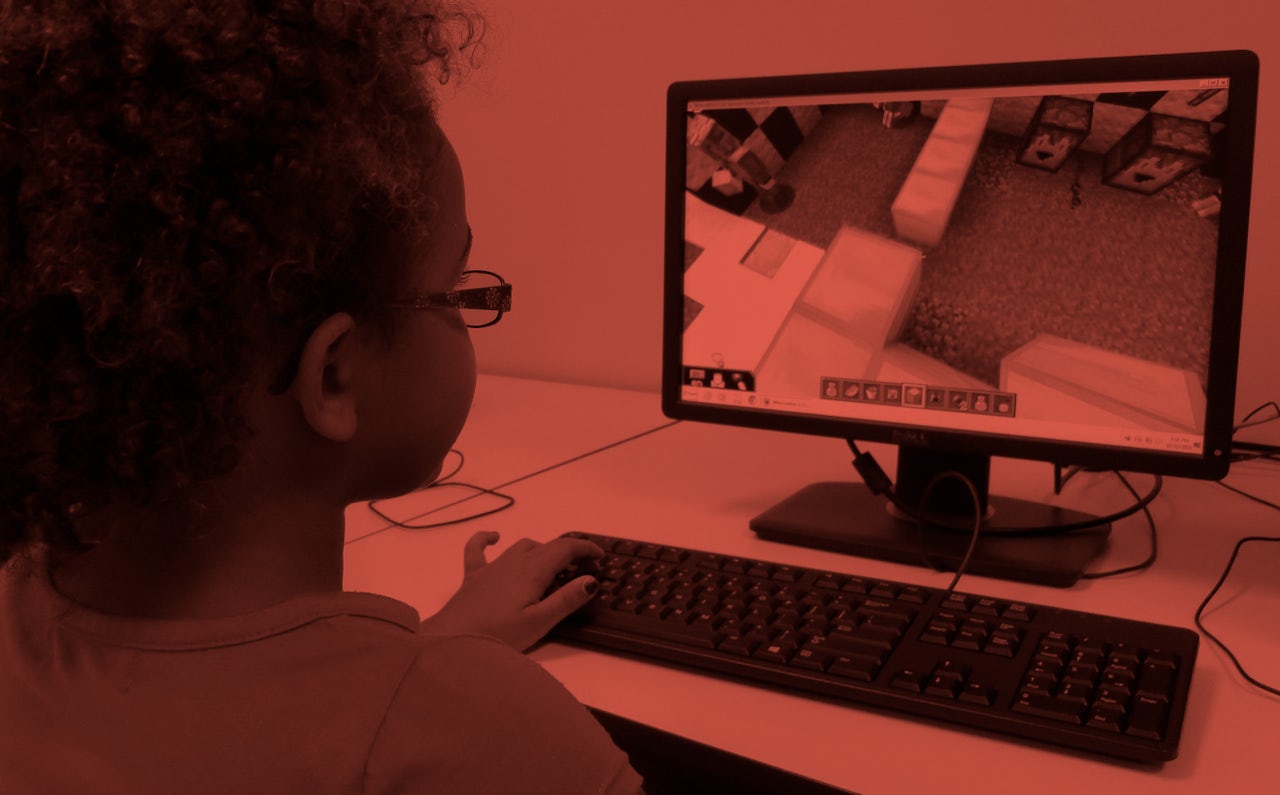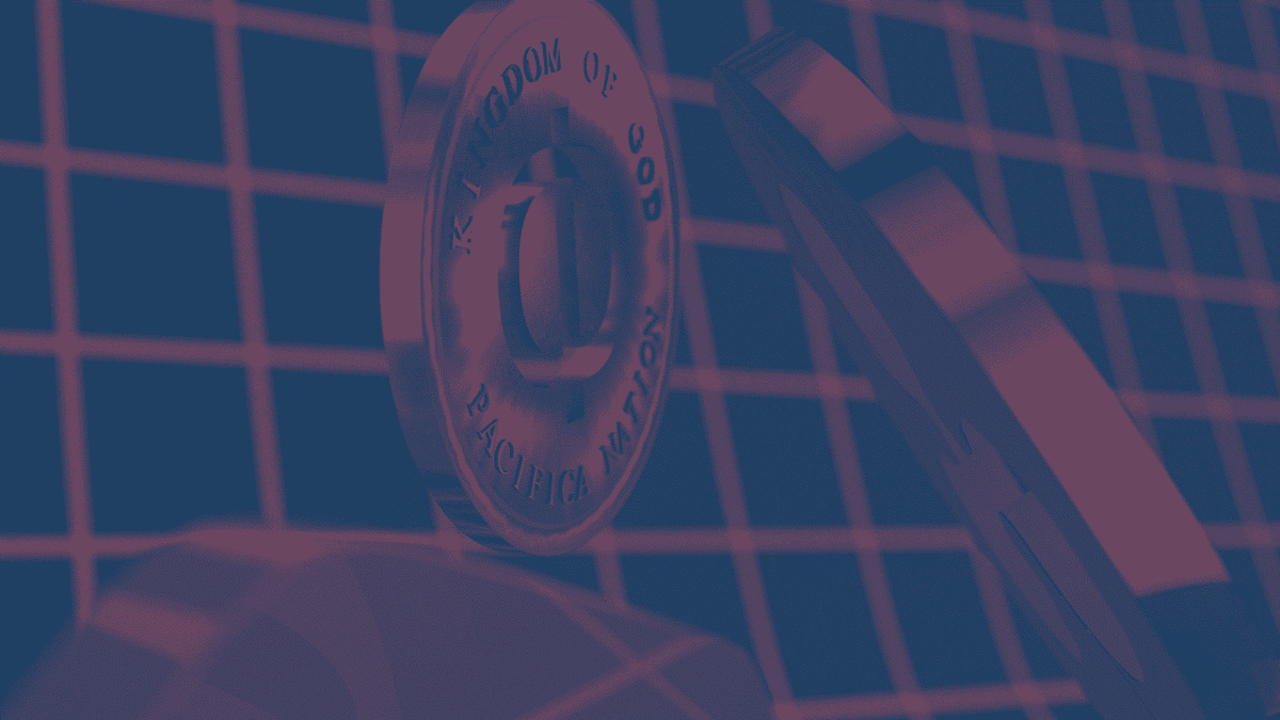Minecraft is one of the the most important video games to be released in the last decade. It’s sold over 106 million copies since 2009, and remains immensely popular even after Microsoft bought it in 2014 and the original founders left. Roughly a million folks are playing at any given time, with that number shooting up during peak hours. But now Minecraft's corporate parent is about to fundamentally alter the relationship between the game and player by introducing something called Minecraft Marketplace.
Minecraft Marketplace is a store where community creators can sell things like specific buildings, skins, and worlds they have built to other players from right inside the game. Rather than relying on third-party websites or applications, players can get stuff for the game right from the marketplace.
The catch is that it requires a new proprietary digital currency called Minecraft Coins.
While this is the first major attempt by Microsoft to further monetize Minecraft's enormous fanbase, it isn’t the only way the game makes money. In addition to the $26.95 cost of purchasing the game, there’s Minecraft Realms, a subscription service first introduced in 2013 that allows players to pay real money for what amounts to an always-online Minecraft server. Microsoft’s also continued to sell skin packs, which include themed “skins” or modifications that make characters look different and typically cost about $2 or $3.
So what's the big deal about Minecraft Coins? Digital currency is typically more popular with video game publishers than with players because it encourages users to keep spending money rather than buying a game once and owning it in full. The model has become especially common with mobile games, but it's started to bleed into console and PC games as well, where it is often received with disdain.
The chilly reception is in part because of the system's sheer inefficiency. Purchasing digital Minecraft goods was previously a one-to-one proposition — you pay X amount of money, you get Y product. Now, you will pay X dollars for Y Minecraft Coins, and then use Z Minecraft Coins to purchase Q product.
This isn’t a new strategy; Japanese-style gacha games have been using it for years. Puzzle & Dragons from developer GungHo Online might be the most famous mobile title with a digital currency, but this isn’t even Microsoft’s first attempt at it. The company phased out Microsoft Points, a digital currency for the Xbox and Zune, in favor of local currencies in 2013. Why this makes sense now but didn’t then is unclear.
Just about every video game publisher you can think of either currently does this in one way or another or has attempted it in the past. League of Legends players can buy Riot Points to purchase champion skins and extra downloadable game content. Games like Mass Effect 3 or Dragon Age 3 used to require BioWare Points. The difference here is the number of potential users being confronted with Minecraft Coins.
This is a big deal because of the sheer number of potential users being confronted with Minecraft Coins
The other reason for being critical of Minecraft Coins is the fact that proprietary digital currency ends up being somewhat predatory. While the average age of Minecraft players is reportedly between 28 and 29, kids are reportedly the driving force of its popularity — which makes the digital currency strategy seem even more unscrupulous. The common goal of these digital currencies is to leave players with leftover amounts to encourage more spending. (This is never explicitly stated, of course.)
Of the over 106 million copies sold, the Pocket Edition/Windows 10 version of Minecraft sold more than every other version of the game as of June 2016. That’s where the digital currency and marketplace are coming, and it might be just the first stop. That means, for the vast majority of users, Minecraft Coins will become inextricably linked with how they play Minecraft, even if they never buy them. It’ll always be there, just one tab away, ready and waiting for credit card information. There’s no telling just how many people will find the marketplace useful, let alone folks that find the ease of use appealing, but it’s a safe bet to say Microsoft’s going to make a pretty penny.
Let’s talk numbers with the potential exchanges shown in the Marketplace announcement as an example: $4.99 gets me 840 Minecraft Coins, but Relics of the Privateers — one of the “worlds” available via the Marketplace — costs 960 Minecraft Coins. Rough math based on that conversion means that Relics costs about $5.70 total when converted to Minecraft Coins, but there’s no way to get directly to that number.
And that’s the whole point. The only way to get from zero coins to buying Relics would be purchasing 1,720 coins for $9.99, or some combination of the 840 and 320 coin packs for $4.99 and $1.99 respectively. You’re always going to be spending just a little bit more money than what the digital goods are actually worth simply because you need the coins.
That might seem like small potatoes, but it adds up. Mobile games often rely on “whales” that purchase large amounts of in-app purchases that convert real money to game goods. Fire Emblem Heroes, for example, has players buy “Orbs” which can be exchanged for summoning heroes and more. Transferring real money into digital currency like this conceptually changes how the transaction is understood. To continue with Fire Emblem Heroes, you’re not spending roughly $13 to summon five heroes, you’re spending 20 Orbs. And who cares about Orbs?
You’re not spending $13, you’re spending 20 Orbs. And who cares about Orbs?
The exact pricing strategy hasn’t been shared, though it’s likely that the promised FAQ and upcoming Reddit AMA on April 20 will get into all that in more detail. Going by the shared screens of what the Marketplace could look like in action, however, it appears that Minecraft Coins will probably push players to buy more fake money than they need.
While this might sound a bit alarmist before hearing further details, it’s telling that this is the way Microsoft is moving. Community creations are likely to only be the beginning of a much larger initiative that could eventually include exclusive content and more.
Microsoft did not respond to a request for comment.

